Washington is a city of sandstone, marble, and red brick, so the Poplar Grove residence is the last house you’d expect to see in the nation’s capital. Andrew Linn and Jack Becker, principals in the firm BLDUS, eschewed traditional materials and instead clad Linn’s own single-family home in poplar bark, cork, and modified radiata pine. And yet, the material decisions aren’t the most interesting thing about the home. It’s also located in an alley. All of these surprising details come together for the design duo and tell their unique story.
“The history of alley houses is that there were thousands and thousands of units in the District. Many of them were informal, and many of them were lower-income,” said Linn, who lives in the house with his wife, Hannah, and their young son. “In the ’30s and ’40s, the wife of one of the presidents had a big push to improve the alleys. And the alley ‘improvement’ was slum clearance.”
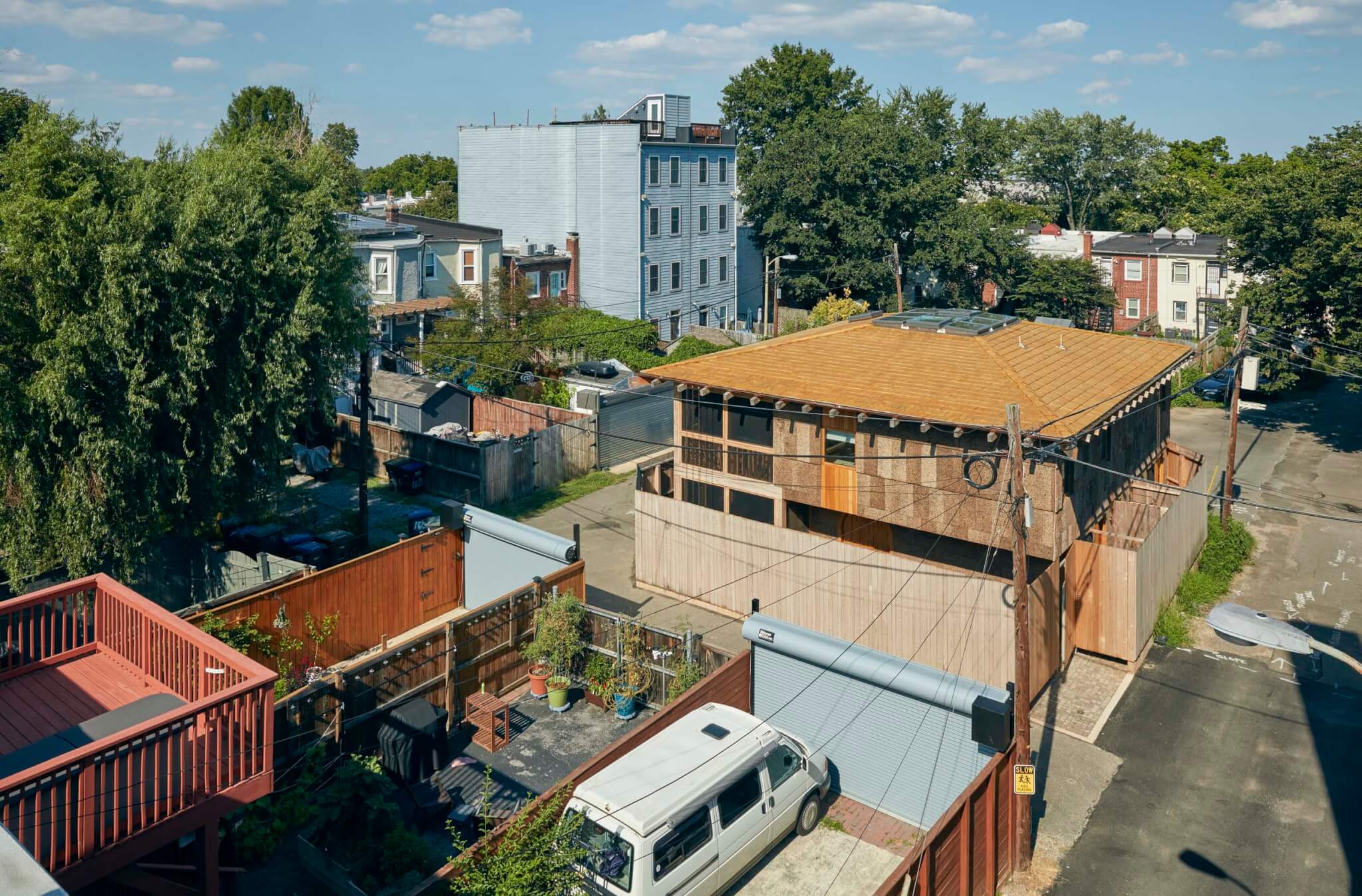
But times change. In 2016, Washington revamped its zoning regulations to permit alley housing. For Linn and Becker, this was an opportunity to add thoughtfully designed single-family houses to the city’s urban fabric. Poplar Grove is part of that effort and is the first in a series of projects the firm has in various stages of completion.
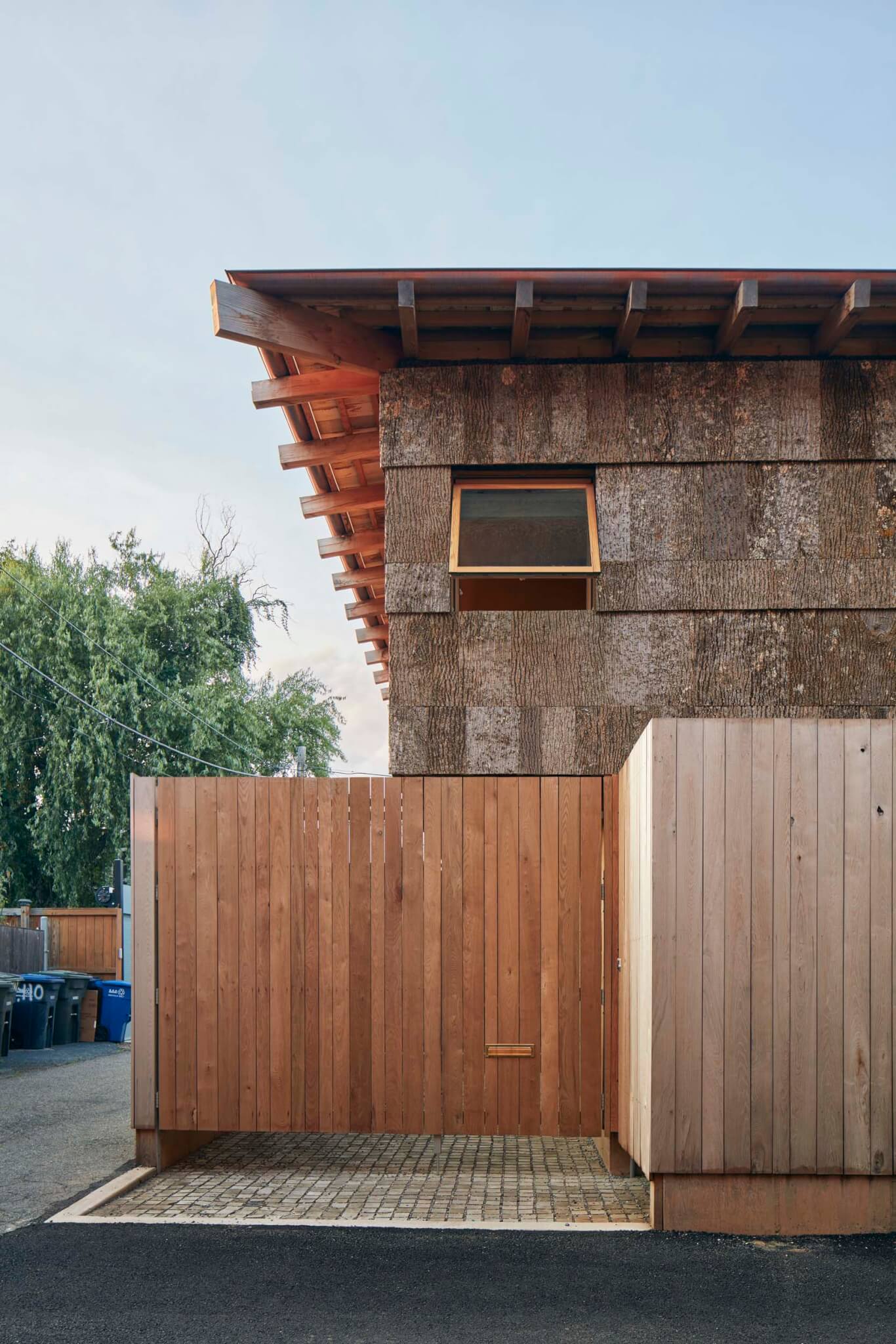
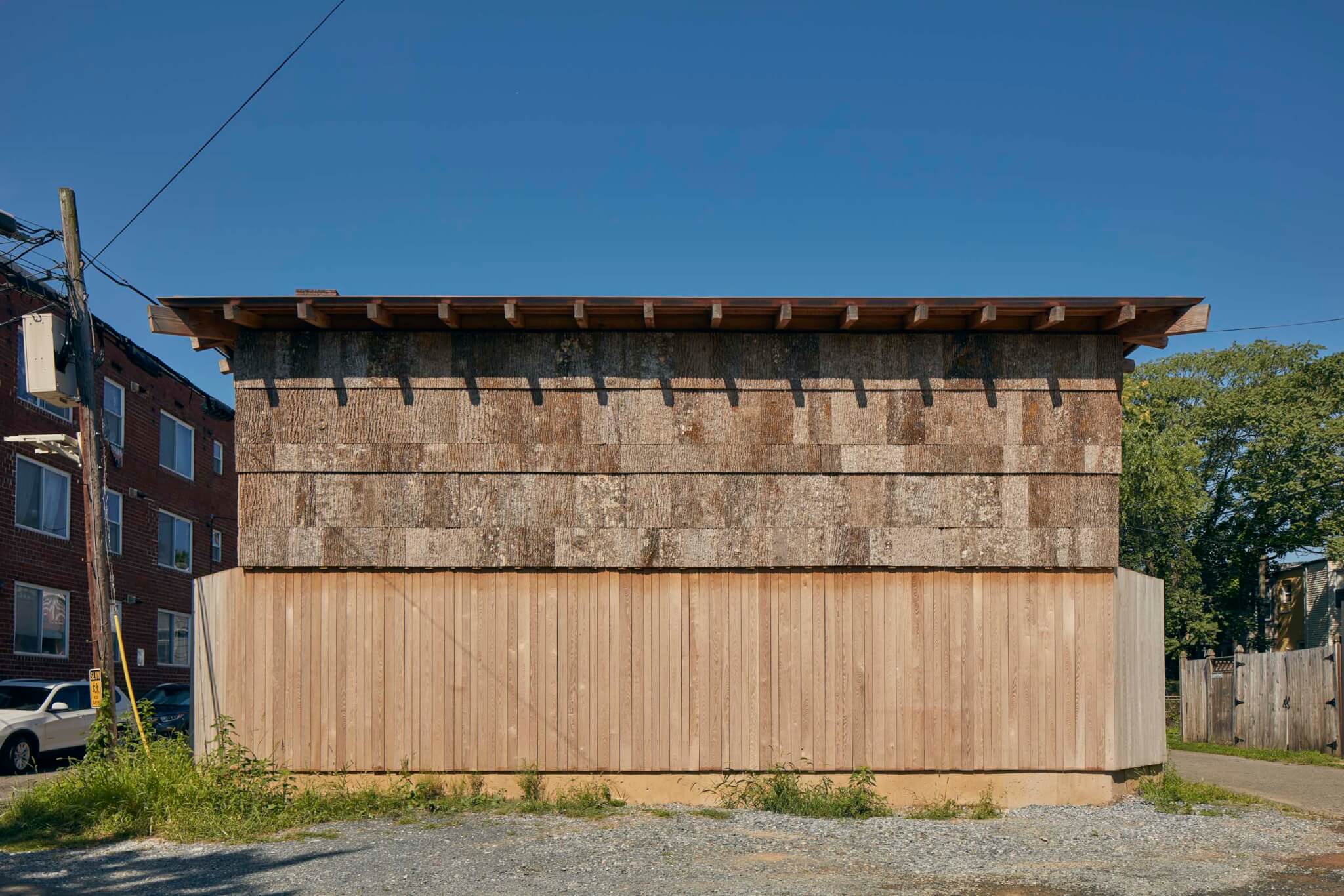
Linn and Becker designed the structure with a number of high-tech sustainability innovations, which amounted to a highly insulated building envelope: An energy-efficient HVAC system, energy recovery ventilator, and triple-glazed windows create an efficient base for the entire home. On top of that, low-flow plumbing products save water, and a heat pump–fueled hot water tank works like a refrigerator in reverse—the unit pulls heat from the surrounding air in the house to generate hot water and conserve energy. A final consideration was the inclusion of an automatic transfer switch in case Linn and his wife decide to add solar panels in the future.
But despite all the state-of-the-art green tech embedded in the home, the designers’ most important sustainability move was their decision to use BamCore, an exterior wall framing system made up of bamboo, eucalyptus, and other sustainable woods designed to save installation time and level up the efficiency. Delivered to the job site as a kit of parts, the panelized system comes with cutouts for doors, windows, outlets, and access panels, and each includes a cavity that accepts any type of insulation. Because it eliminates traditional studs, the system reduces thermal bridging by up to 90 percent. The duo has used the system on multiple projects. “We love it,” said Linn, a professor of practice at Virginia Tech College of Architecture. “It’s basically like making a passive house without thinking too much about it. Because you’re eliminating the thermal bridges, you get a tightly sealed home that’s more efficient.”
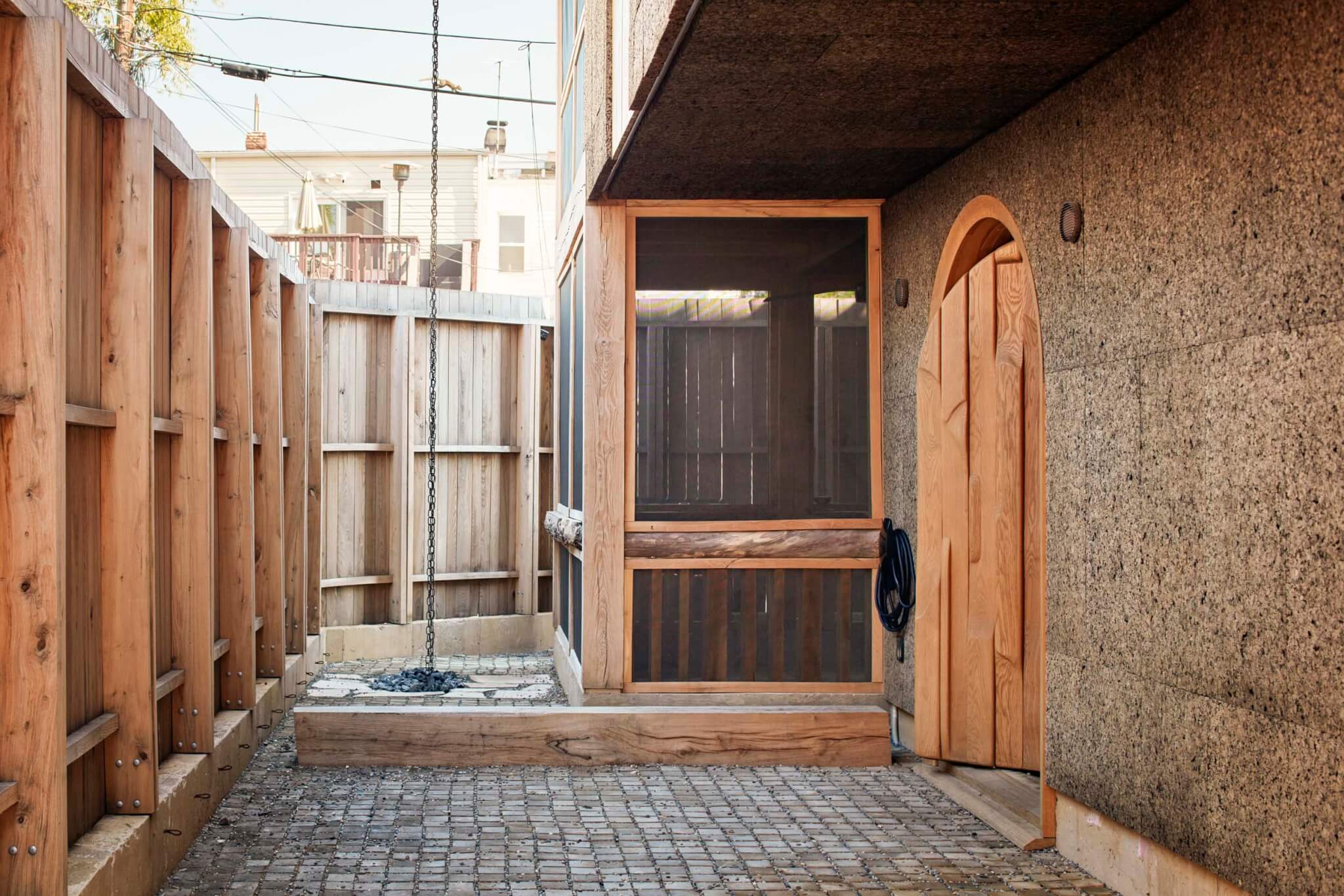
Set on a tiny lot among traditional row houses on all sides, the 2,500-square-foot house is a perfect 33-by-33-foot square with a zero-lot line on the east side, a five-foot setback on the north and south sides, and an extra 5-foot cantilever on the home’s second floor that creates an entry courtyard. The first floor is organized into three 11-foot bays: An office, dining room, and kitchen occupy the left side, while a foyer, stairwell, and living room take the middle. Bedrooms and bathrooms are to the right. Upstairs, the master bedroom floats above the kitchen and dining room, while guest bedrooms and baths are on the other side.
“The primary goals for this house were maximum privacy plus maximum light, which are counterintuitive,” Linn explained. “But the fences and these small side yards give us the required setbacks on this side. They’re just 5 feet, but that 5 feet gives us a grill and a place for mechanical units, for drainage and planters, and of course for trash and recycling. And we have an outdoor shower on the other side. It’s a very small but highly programmed yard.”
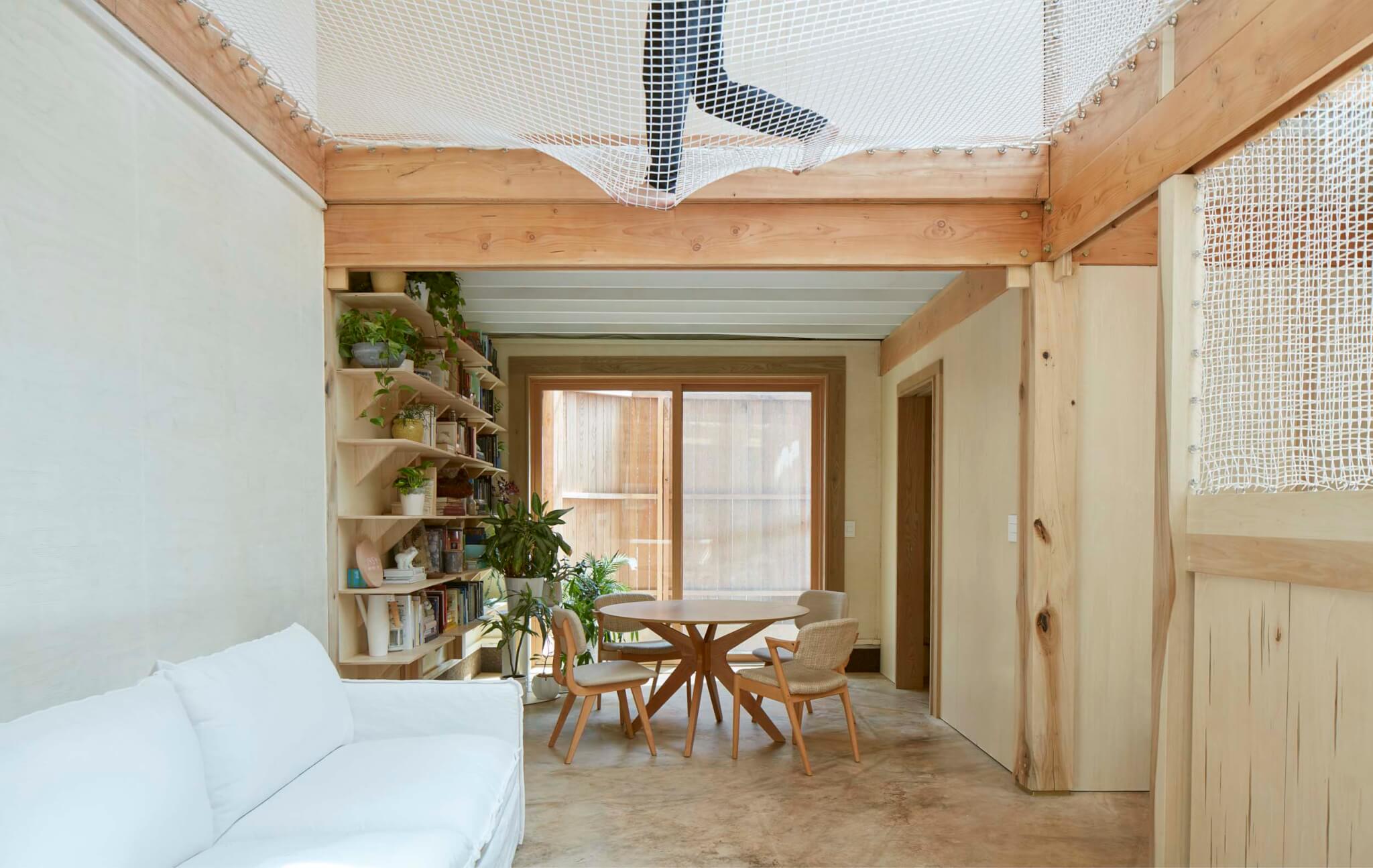
Linn and Becker designed the interior with a restrained hand, using simple materials in an honest way. They chose exposed poplar timber for the main structural supports, poplar plywood wall panels and kitchen cabinets, concrete countertops, and concrete floors. The inspiration behind the generous use of concrete was some collected scrap pavers Linn salvaged from a renovation at the Smithsonian’s Air and Space Museum.
One whimsical but highly practical feature of the interior is the architectural netting installed over the entire living room, which promotes light penetration and provides extra lounging space. “We use the net all the time—for naps, morning cuddles, and afternoon games of catch. I’ve even slept in it through the night a few times,” Linn said. “The net also illuminates the space more than if there was no net, since it’s white and catches the light.”
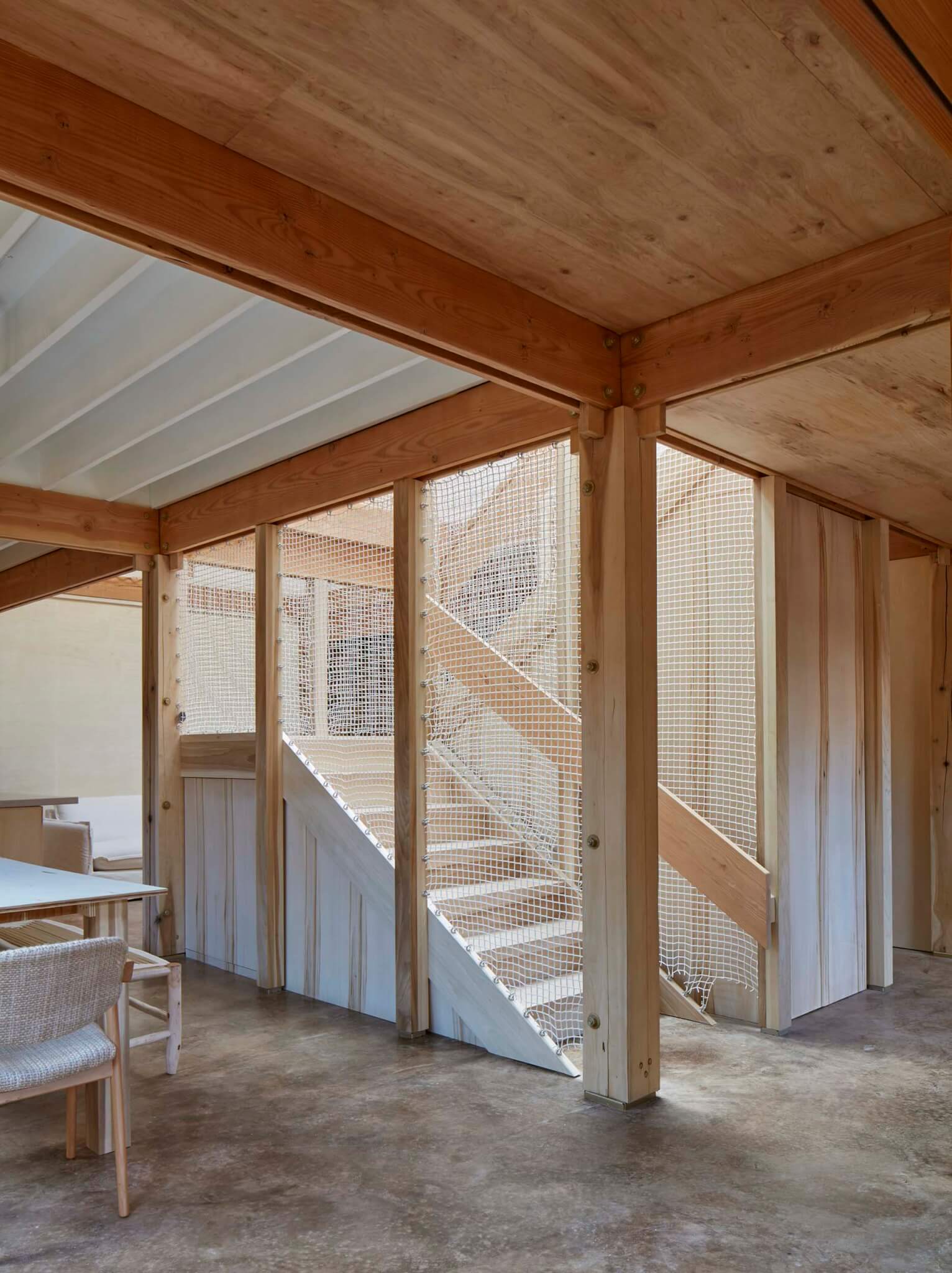
Strategically placed awnings over the home’s casement windows create privacy but also allow the family to move throughout the house with no artificial illumination. Skylights over the central stairwell bring in sunlight that’s free from visual noise, looking only to the sky. Additionally, the designers used generic LED strips set within the structural framing, so the house gets ambient illumination through recessed design, rather than unpleasant direct lighting throughout the home.
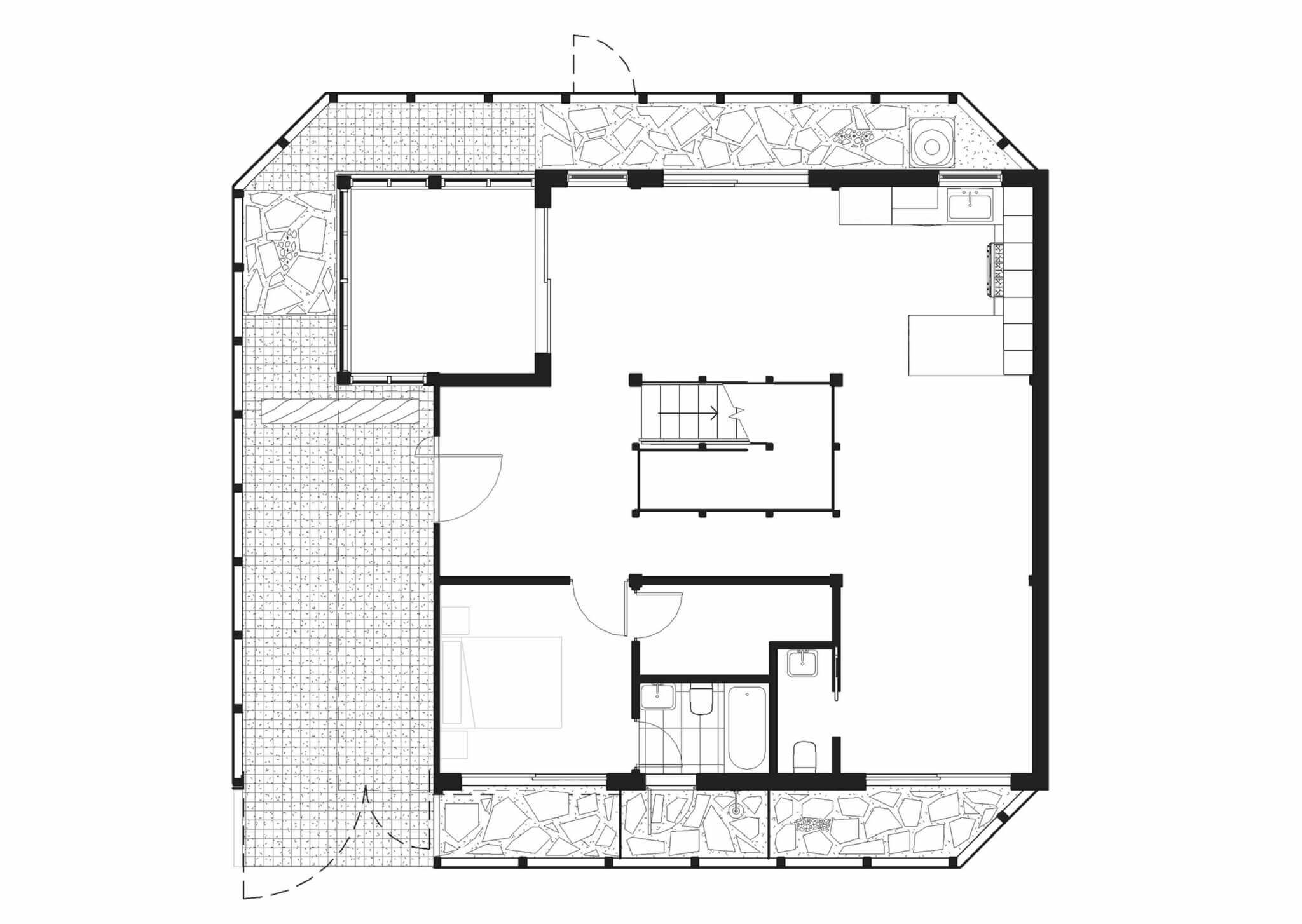
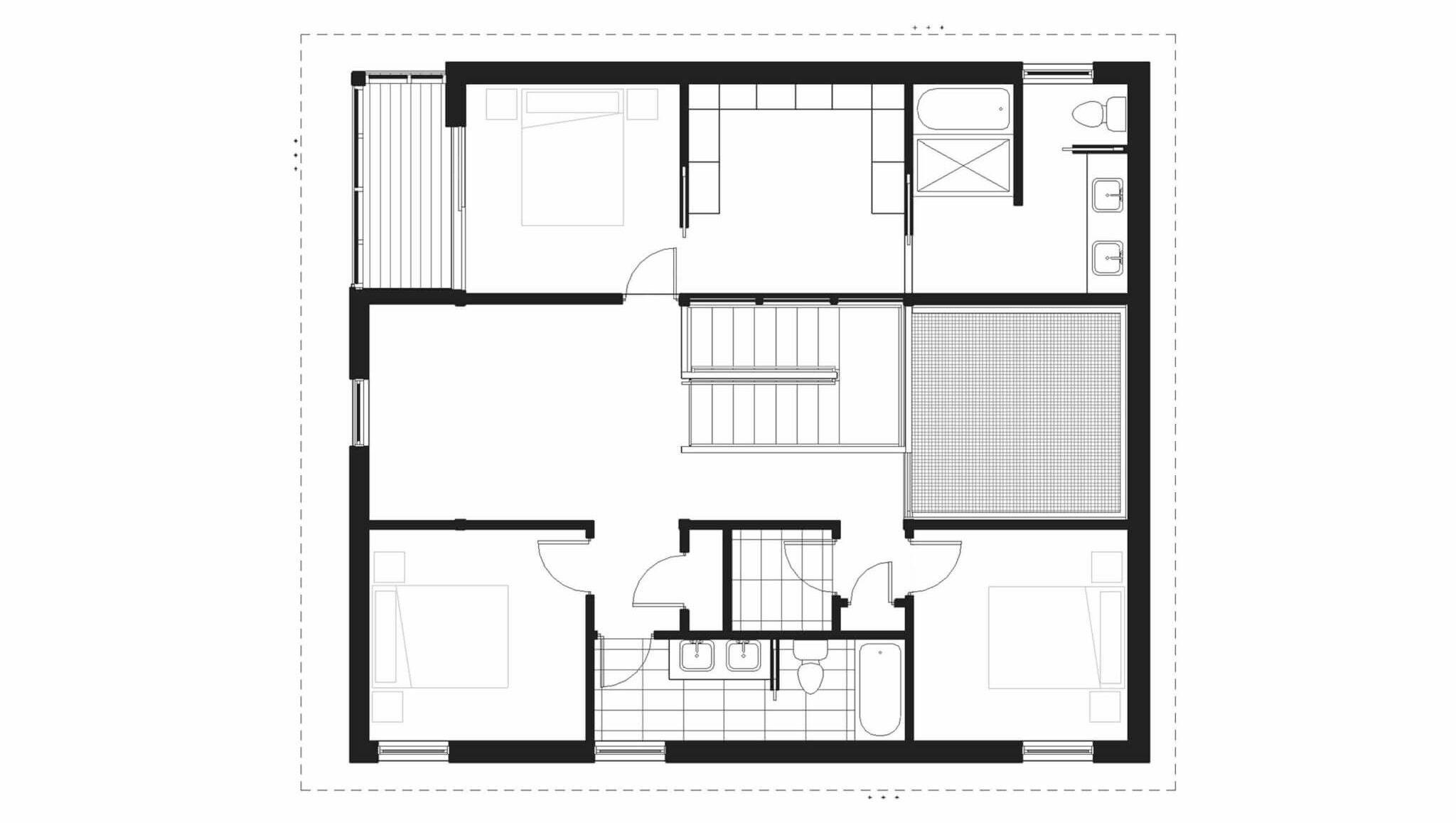
It turns out that living in a highly insulated, high-performance home is even more beneficial when it’s located in a dense city environment. The design choices literally allow the family to sleep longer, Linn said. “It feels better, the air feels better, it’s quieter, and it allows for living to be a pleasurable experience at every turn.”
Nigel F. Maynard is an architecture and design writer based in the Washington, D.C. metro area. He has edited Custom Builder, PRODUCTS, Residential Architect, and BUILDER.











